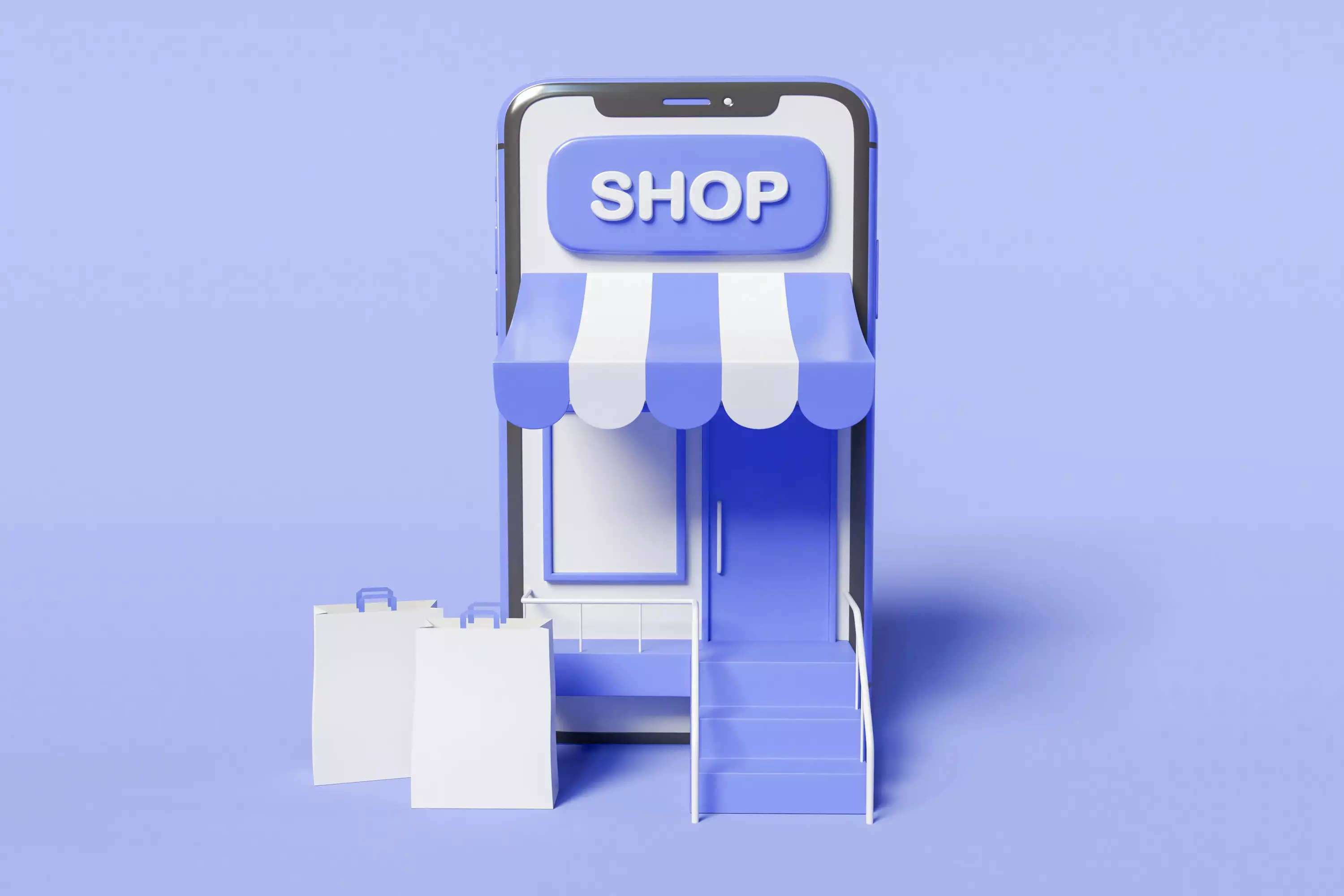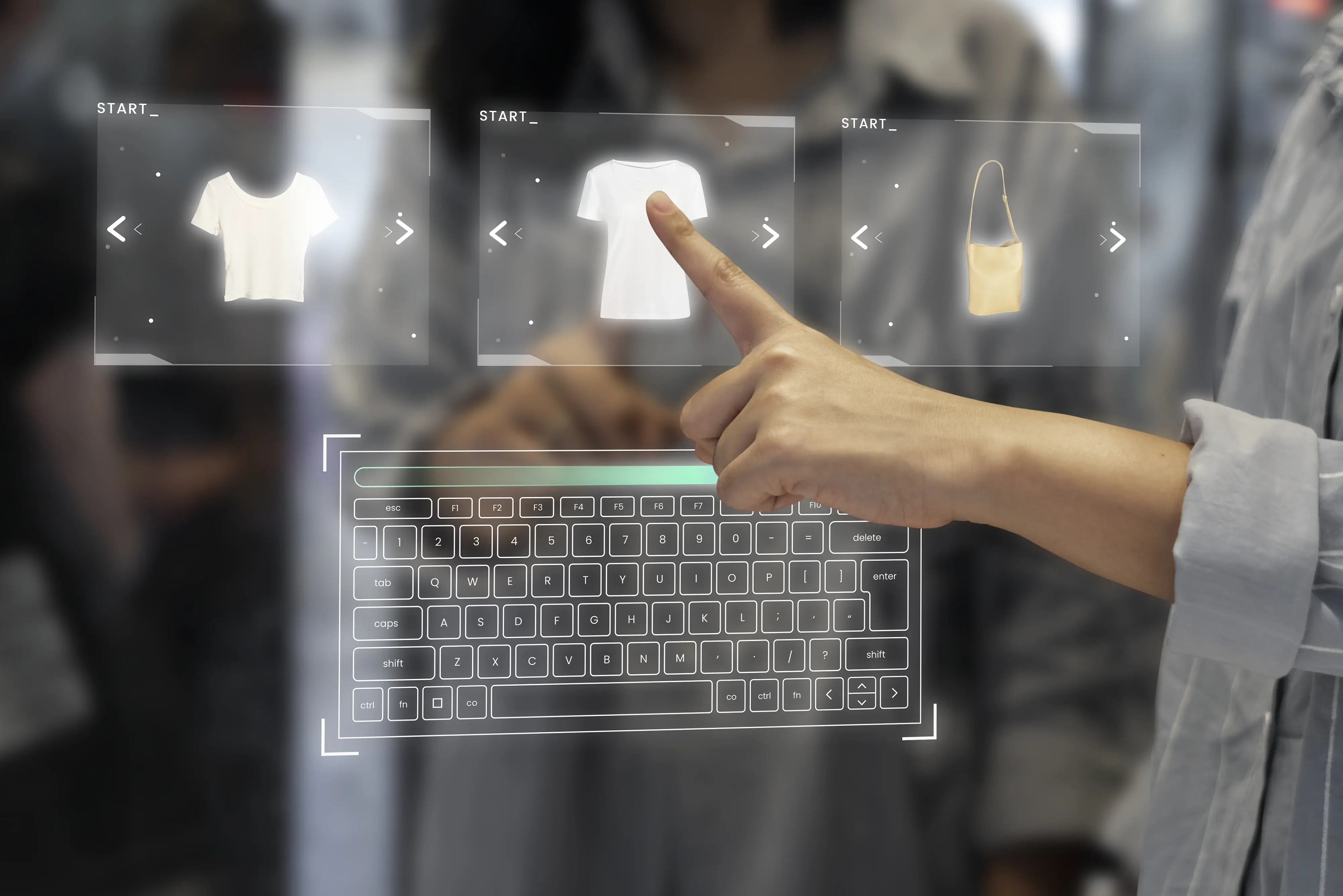What is headless commerce?

As the proud owner of an e-commerce store, you might be many other things, too — a digital entrepreneur, a product manufacturer, an expert marketeer — but you may not be a specialist in web development. It’s no crime to be unfamiliar with the technical underbelly that powers your web store, even if you’re very particular about how the public-facing storefront should look and function.
Thankfully, we can break down some of the finer details for you.
The majority of e-commerce stores have long since run on traditional monolithic systems that couple the front end and back end of your platform into one combined unit. However, now that nearly half of all e-commerce purchases take place on mobile devices, more and more e-commerce businesses are making the switch to headless e-commerce architecture. ‘Headless’ is a widely misunderstood buzzword, but what exactly does it mean?
Let’s take a closer look at how headless commerce works and whether it could be the right fit for your web store.
What is headless commerce?
Headless commerce refers to an architectural approach within e-commerce whereby a web store’s front-end layer (the customer-facing user interface) and back-end layer (the business logic that provides its functionality) are decoupled.
Decoupling enables businesses to independently develop and update their public-facing storefront, implementing new technologies and adjustments to the front-end experience.
This means that businesses with complex or unique ordering systems can richly customise and develop their front-end presentation without needing to adjust the coded back end. This is especially helpful for larger stores looking to appeal to segmented consumer groups and provide a bespoke user experience, not constrained by their e-commerce platform.
Nowadays, many providers see headless commerce as a necessary stepping stone to cross once they have scaled to a certain level, helping to meet ever-changing consumer demands and deploy a flexible shopping experience.

How does headless commerce work?
Operating a headless approach requires a separate front and back end for your e-commerce store, which demands a level of technical expertise to implement.
In headless architecture, an API (Application Programming Interface) acts as the go-between to allow the front and back end to communicate.
The role of the API in headless architecture
The API is responsible for transferring data between services, or in this context, connecting the front end, back end and any third-party services.
This enables the front end to exchange data and call all complex e-commerce functionality from the back-end layer. Through API calling, merchants can freely build and manipulate their ‘headless stack’ into a bespoke, flexible service tailored to both their and their customer’s needs, rather than remaining tied to the tech provided by their e-commerce platform.
Essentially, headless commerce can unlock many possibilities for the design, customisation, and unique user experience offered by shopping on your site.
How does headless e-commerce differ from traditional e-commerce?
In a traditional e-commerce setup, the front end and back end are tightly integrated, making it challenging to modify or upgrade one without affecting the other. Your design, content, and functionality components are effectively managed by one unified engine. This is known as a monolithic system.
However, with a headless commerce approach, the front end is detached from the back end, offering a range of different possibilities and use cases.
We’ve written a full guide on the benefits of headless e-commerce, but here is a brief overview of what to expect:
1. Headless commerce unlocks your scalable potential
It can be challenging to efficiently adjust and scale a traditional commerce platform with tightly integrated front-end and back-end layers. As a result, you may see that your web store slows or experiences prolonged downtime during periods of high traffic. Unfortunately, poor optimisation could dramatically undermine your site’s user experience — increasing the chances of cart abandonment.
On the other hand, headless architecture enables the independent scaling of both front and back-end layers, ensuring that user experience is maintained as your business grows.
2. Headless commerce offers unparalleled flexibility
Traditional checkout is a tried-and-tested means for customers to complete their sales, but having been the industry norm for the past two decades, it’s not necessarily the most contemporary or user-friendly approach. Your store’s front-end presentation layer is usually built on a template provided by your e-commerce platform, which limits the scope for customization of its interface.
However, with headless architecture, front-end developers can personalize and tweak the interface that customers see, powered by new technologies and ever-adapting to changing consumer needs. This allows merchants to innovate and experiment with their shopping experience without needing to develop the back-end system accordingly.

3. Headless commerce broadens omnichannel opportunities
Nowadays, online shopping doesn’t just happen on a PC. In fact, it doesn’t just happen on a smartphone either, though they are the most popular device to shop with. Thanks to the advent of accessible smart devices like speakers, TVs, streaming devices and more, customers shop through a varied set of channels, which might not necessarily sync up perfectly with the back end when using traditional e-commerce.
Headless e-commerce offers a streamlined alternative. Thanks to the decoupled architecture of the two layers, content and data are easily transferred between multiple channels for a seamless user experience, no matter the device or platform.
Therefore, commentators have tentatively named headless e-commerce as the future of online shopping, capable of meeting customers at different touchpoints in their purchasing journey and across a range of media.
For example, when you add Simpler checkout to your storefront, our APIs can be used to decouple from your store’s back end, whatever major e-commerce platform you use. With Simpler as your checkout solution, you’re able to place purchasing buttons where it matters most on your consumer’s customer journey — be it directly on an online ad, a different storefront, or even a physical location.
Next, your customers will simply provide their transactional information to be relayed to your back end, retrieving the product information and processing the order. With Simpler, you can reach your consumers at whatever step they’re at in their purchasing journey, delivering superior customer experiences across all touchpoints.

Which platforms offer headless commerce?
As the buzz surrounding headless e-commerce solutions continues to grow, more and more major e-commerce platforms are integrating headless architecture into their product offering.
Here are some of the notable providers that have come on board:
Shopify
Leading e-commerce provider Shopify supports headless commerce implementations through its API. Under its advanced plan, Shopify Plus, the provider allows developers to build bespoke storefronts and publish to a range of channels, all the while leveraging Shopify’s powerful back-end layer for transactions.
Adobe Commerce
Formerly known as Magento, the Adobe Commerce platform decouples and enables web developers to create highly customized applications backed up by the refined e-commerce functionality of its back end.
Salesforce Commerce Cloud
Salesforce is a household name in the CRM business. Its Commerce Cloud platform enables merchants to customize their stores with a range of marketplace tools and build unified shopping experiences across different devices and platforms.
WooCommerce
WooCommerce can be used as a headless e-commerce platform to design a flexible, agile front end for your site using your tech stack of choice. Meanwhile, you retain the commerce functionality that powers your WooCommerce store, with the option to leverage countless customisation options.
BigCommerce
BigCommerce is another popular choice for enterprise-level merchants. Its e-commerce functionality decouples from the native user interface to allow your tailored storefront to take centre stage. BigCommerce offers plenty of additional tools that can be embedded alongside your headless solution.
Adopt Simpler as your headless commerce solution
Simpler can be integrated with major e-commerce platforms like Magento, WooCommerce, and more. Depending on which platform you use to power your store, you can follow the relevant guide to install Simpler and streamline your customers’ journey towards conversion.
Set up takes as little as five minutes — and once you’re up and running, you’ll be using our APIs to add the Simpler checkout button wherever you require, on your storefront or elsewhere. The Simpler solution effectively decouples your customer-facing front end from your store’s back end, so that you can unlock the potential of your site with headless e-commerce.
When your customers check out using Simpler, our platform does the heavy lifting to communicate with your back end and retrieve all the vital information — as well as submit the completed order for processing. Make your e-commerce store future-proof with Simpler.

You will soon hear from us!
Share this article


